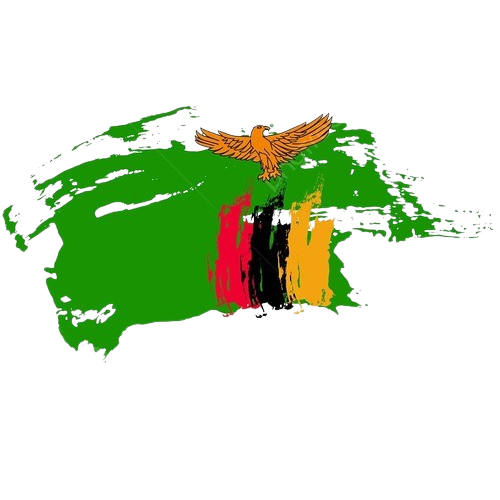Metacharacters in Java Regex

Regex stands for Regular Expression, which is used to define a pattern for a string. It is used to find the text or to edit the text. Java Regex classes are present in java.util.regex package, which needs to be imported before using any of the methods of regex classes.
java.util.regex package consists of 3 classes:
- Pattern
- Matcher
- PatternSyntaxException

Classes in regex package
Metacharacters
Metacharacters are like short-codes for common matching patterns.
|
Regular Expression |
Description |
|---|---|
|
\d |
Any digits, short-code for [0-9] |
|
\D |
Any non-digits, short-code for [^0-9] |
|
\s |
Any white space character, short-code for [\t\n\x0B\f\r] |
|
\S |
Any non-whitespace character |
|
\w |
Any word character, short-code for [a-zA-Z_0-9] |
|
\W |
Any non-word character |
|
\b |
Represents a word boundary |
|
\B |
Represents a non-word boundary |
Usage of Metacharacters
- Precede the metacharacter with backslash (\).
Explanation of Metacharacters
1. Digit & Non Digit related Metacharacters: (\d, \D)
Java
// Java program to demonstrate the// Digit & Non Digit related Metacharacters import java.io.*;import java.util.regex.*;class GFG { public static void main(String[] args) { // \d represents a digit // represents a number so return true System.out.println(Pattern.matches("\\d", "2")); //true // Comparing a number with character so return false System.out.println(Pattern.matches("\\d", "a")); //false // \D represents non digits // Comparing a non digit with character so return // true System.out.println(Pattern.matches("\\D", "a")); //true // comparing a non digit with a digit so return // false System.out.println(Pattern.matches("\\D", "2")); //false }} |
true false true false
Explanation
- d metacharacter represents a digit from 0 to 9. So when we compare “d” within the range, it then returns true. Else return false.
- D metacharacter represents a non-digit that accepts anything except numbers. So when we compare “D” with any number, it returns false. Else True.
2. Whitespace and Non-Whitespace Metacharacters: (\s, \S)
Java
// Java program to demonstrate the// Whitespace and Non-Whitespace Metacharacters import java.io.*;import java.util.regex.*;class GFG { public static void main(String[] args) { // comparing any whitespace character with a white // space so return true else false System.out.println(Pattern.matches("\\s", " ")); //true System.out.println(Pattern.matches("\\s", "2")); //false // comparing any non whitespace character with a non // white space character so return true else false System.out.println(Pattern.matches("\\S", "2")); //true System.out.println(Pattern.matches("\\S", " ")); //false }} |
true false true false
Explanation
- s represents whitespace characters like space, tab space, newline, etc. So when we compare “s” with whitespace characters, it returns true. Else false.
- S represents a Non-whitespace character that accepts everything except whitespace, So when we compare “S” with whitespace characters, it returns false. Else true
3. Word & Non Word Metacharacters: (\w, \W)
Java
// Java program to demonstrate the// Word & Non Word Metacharacters import java.io.*;import java.util.regex.*; class GFG { public static void main(String[] args) { // comparing any word character with a word // character so return true else false System.out.println(Pattern.matches("\\w", "a")); //true System.out.println(Pattern.matches("\\w", "2")); //true System.out.println(Pattern.matches("\\w", "$")); //false // comparing any non word character with special // symbols & whitespaces return true else false System.out.println(Pattern.matches("\\W", "2")); //false System.out.println(Pattern.matches("\\W", " ")); //true System.out.println(Pattern.matches("\\W", "$")); //true }} |
true true false false true true
Explanation
- w represents word character which accepts alphabets (Capital & small) and digits [0-9]. So when we compare “w” with an alphabet or number returns true. Else false.
- W represents a non-word character that accepts anything except alphabets and digits. So when we compare “W” with an alphabet or number returns false. Else true.
4. Word & Non-Word Boundary Metacharacters: (\b, \B)
Java
// Java program to demonstrate the// Word & Non Word Boundary Metacharacters import java.io.*;import java.util.regex.*;class GFG { public static void main(String[] args) { // \b says that a string must have boundary letters // of word characters System.out.println( Pattern.matches("\\bGFG\\b", "GFG")); // true System.out.println( Pattern.matches("\\b@GFG\\b", "@GFG")); // false // \B says that a string must have non word // characters as boundaries System.out.println(Pattern.matches( "\\B@GFG@\\B", "@GFG@")); // true System.out.println( Pattern.matches("\\BGFG\\B", "GFG")); // false }} |
true false true false
Explanation:
- b indicates a string must have boundary elements of word characters, i.e., either digits or alphabets. So here, the GFG string has boundaries G, G, which are word characters so returns true. For the @GFG string, the boundary elements are @, G where @ is not word character, so return false.
- B indicates a string must have boundary elements of Non-word characters, i.e., it may have anything except digits or alphabets. So here @GFG@ string has boundaries @,@ which are Non-word characters so returns true. For the GFG string, the boundary elements are G, G, which are word characters, returning false.
Example:
Java
// Java program to demonstrate all the // Metacharacters in the Java Regex import java.io.*;import java.util.regex.*; class GFG { public static void main(String[] args) { // \d-number // \D-Non Digit // \s-Any White Space // \S-Non White Space character // \w-any word character like numbers/characters // \W-special symbols System.out.println(Pattern.matches( "\\d\\D\\s\\S\\w\\W", "1G FG!")); // true System.out.println(Pattern.matches( "\\d\\D\\s\\S\\w\\W", "Geeks!")); // false }} |
true false





